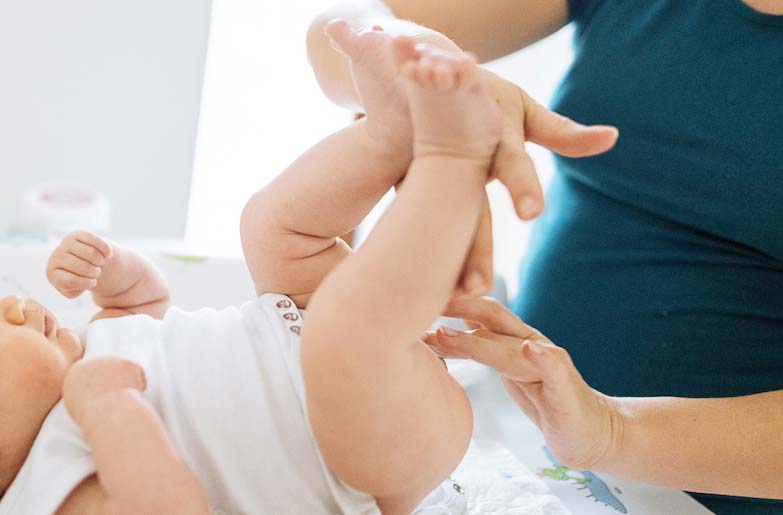What is Diaper rash? - Dr Yeung Ho Hong 楊浩康

Diaper Rash - Causes, Symptoms, Prevention, and Treatment Guide
Diaper rash, also known as diaper dermatitis, is a common skin condition in infants and toddlers, primarily occurring in the diaper area. Due to the thin and sensitive nature of a baby’s skin, prolonged exposure to urine, feces, and other moisture can easily irritate the skin, leading to inflammation. This condition not only affects skin comfort but may also cause discomfort for the baby, making it crucial to understand its causes and implement proper care early on.
Causes
The causes of diaper rash are varied:
- First, moisture is a core factor in causing skin inflammation. Substances in urine and feces can break down the skin’s natural barrier when in prolonged contact.
- Second, the material of the diaper, chemical components in wipes, or residues from soap or detergent may trigger skin allergies and irritation.
- Additionally, friction between the diaper and the skin can lead to localized sensitivity and minor damage.
- Moreover, in some infants, changes in the nature of their feces after introducing new foods can increase skin irritation, making diaper rash more likely.
- Lastly, when the skin becomes infected with bacteria or yeast (such as Candida), an initially simple diaper rash can worsen, resulting in more severe inflammation.
Symptoms
Typical diaper rash presents as red, inflamed patches in the diaper-covered area, sometimes accompanied by small blisters or peeling. The affected area may experience mild pain or itching. In the early stages, it mainly appears as localized redness, but as the condition progresses, the skin may erode or develop small crusts. In severe cases, it can lead to skin breakdown and intense pain, affecting the infant’s feeding and activity. Since the condition is usually localized and mild, parents can often manage it with home care to prevent further spread or secondary infections.
Prevention
Preventing diaper rash begins with daily care routines.
- Parents should change diapers frequently to avoid prolonged moisture, keeping the skin dry.
- After moisture exposure, clean the diaper area immediately with mild soap and water or alcohol-free wipes to reduce chemical irritation.
- Allowing the baby’s skin to air out appropriately can speed up natural drying. Choosing breathable diapers and soft baby clothing is also essential, as these measures help reduce excessive friction and heat buildup.
Treatment
In terms of treatment, most mild cases of diaper rash can gradually improve with topical care. For some patients, doctors may recommend using barrier creams containing zinc oxide (氧化鋅) or petroleum jelly (凡士林) to protect the skin and minimize direct irritation from urine and feces. If a bacterial or Candida infection is suspected, or if symptoms persist or worsen, prompt medical attention is necessary for a professional diagnosis and treatment to prevent the spread of infection and potential complications.
When to Seek Medical Help
- If the rash is severe, develops blisters, or spreads beyond the diaper area.
- If there are signs of infection, such as fever or pus.
- If the rash does not improve with home care.
Additionally, maintaining good lifestyle habits is a key aspect of preventing diaper rash. Parents should closely monitor changes in their baby’s skin and intervene early if abnormalities are noticed. Some parents may mistakenly believe diaper rash is a serious skin disease and panic, but in reality, it is typically a self-limiting inflammation that resolves with improved care. Properly understanding diaper rash and adopting scientific prevention and care measures can significantly reduce the risk of recurrence, improving the baby’s comfort and health.
In summary, although diaper rash is a common skin condition in infants and toddlers, most cases can be effectively managed and eventually heal through timely cleaning, the use of appropriate skincare products, and maintaining a good living environment. During care, parents should take precautions against potential friction and infection, regularly checking the baby’s skin condition to ensure early detection and management of issues, thus maintaining healthy infant skin. As the baby grows, their skin will mature and develop stronger protective functions, and diaper rash will naturally disappear, providing greater peace of mind for parents.
